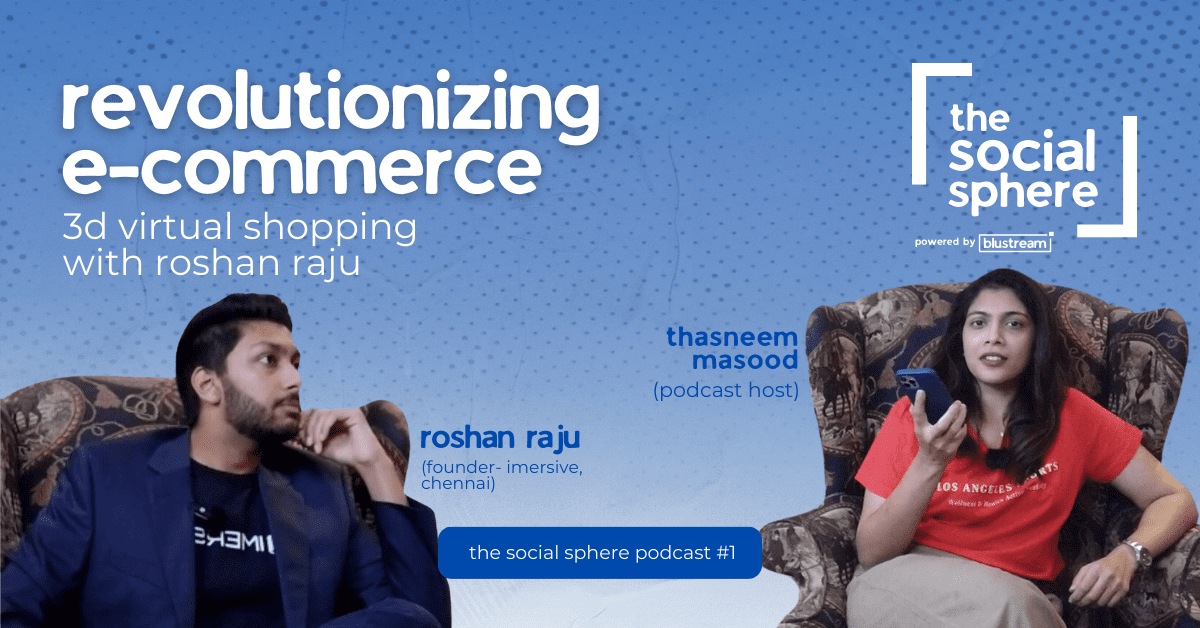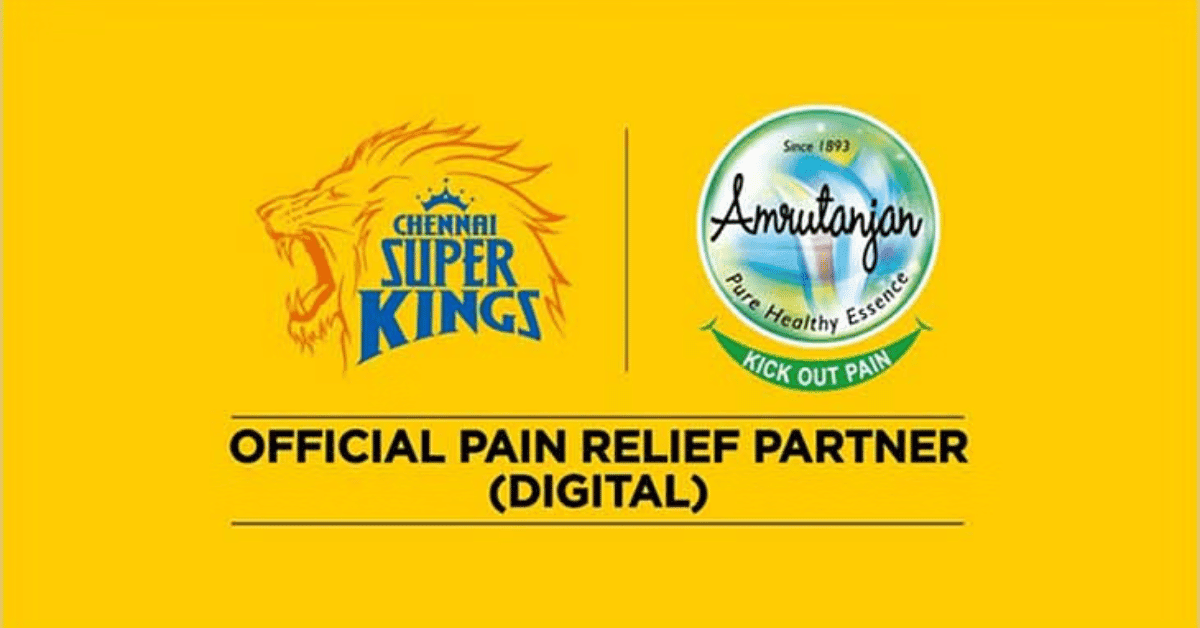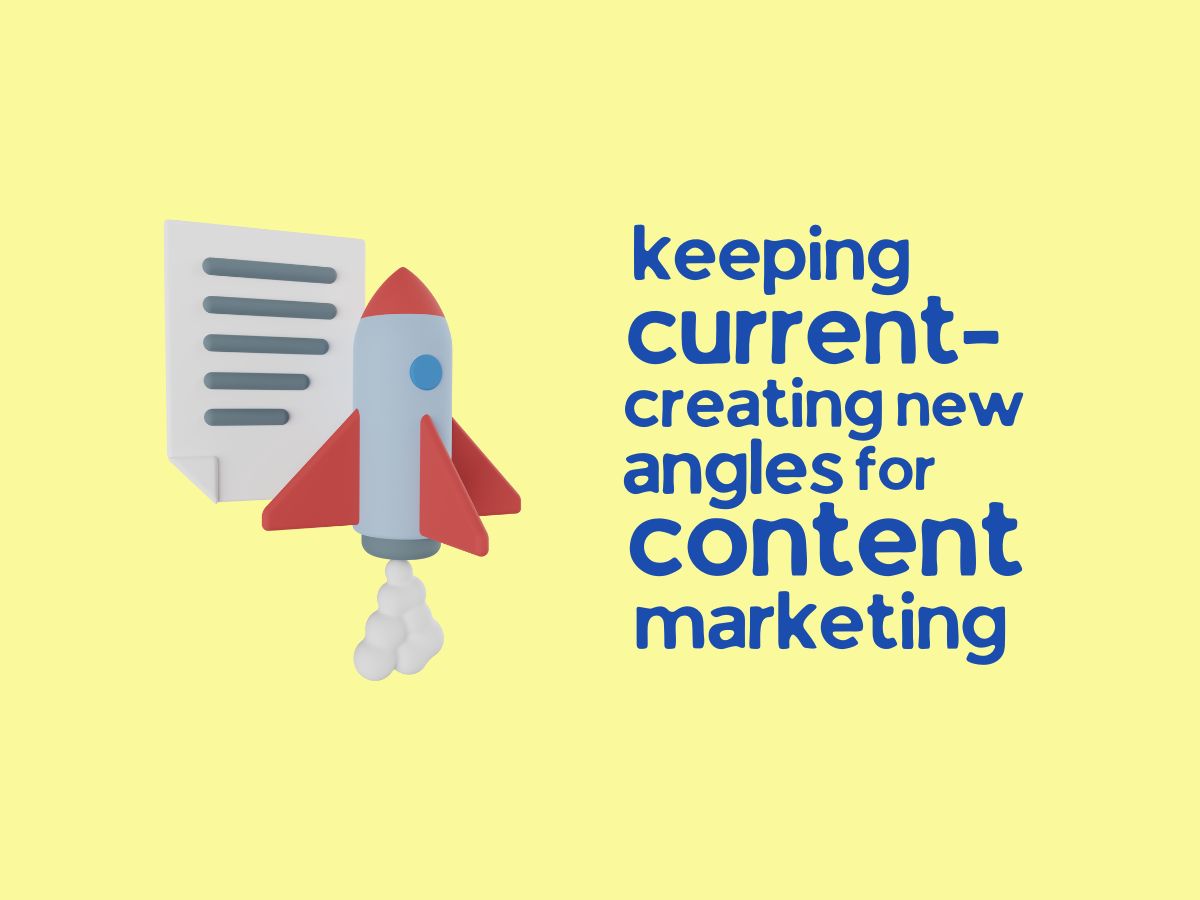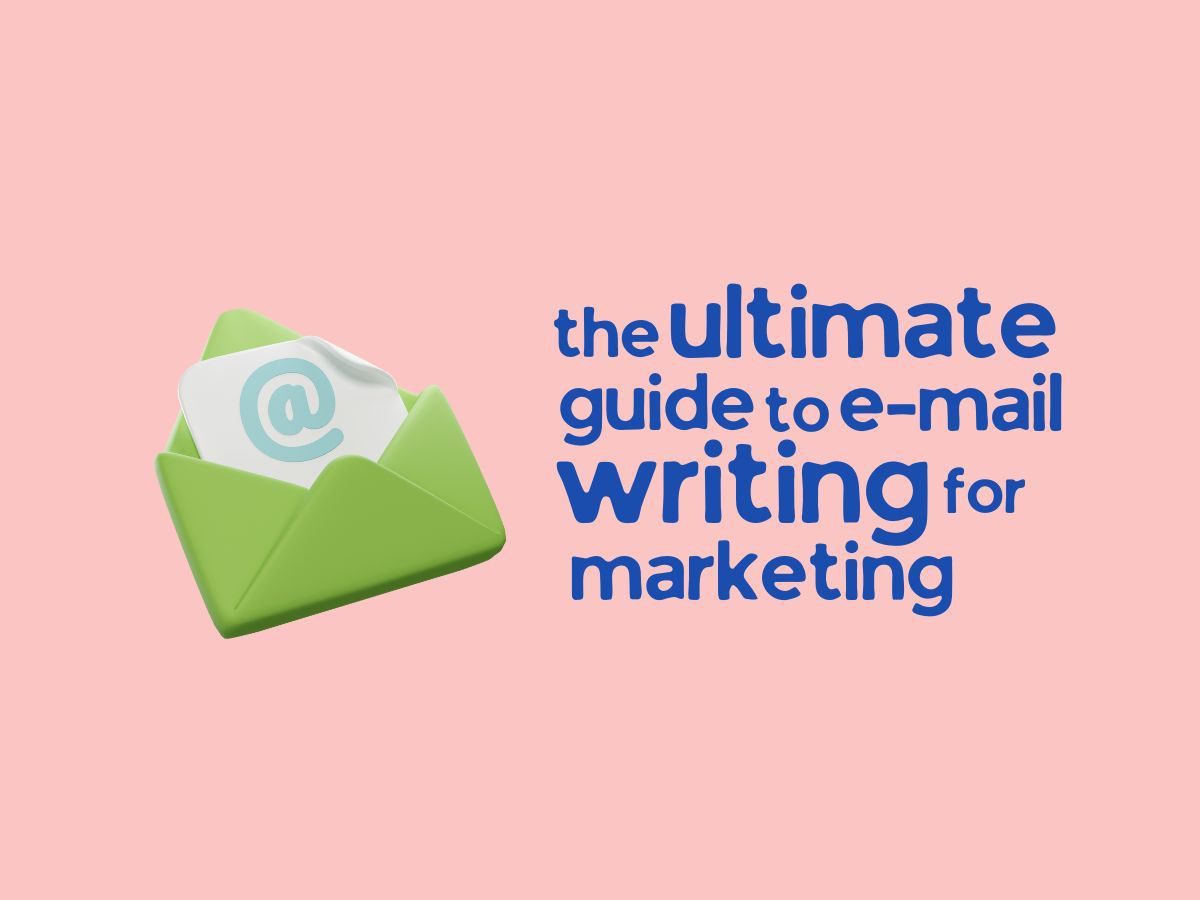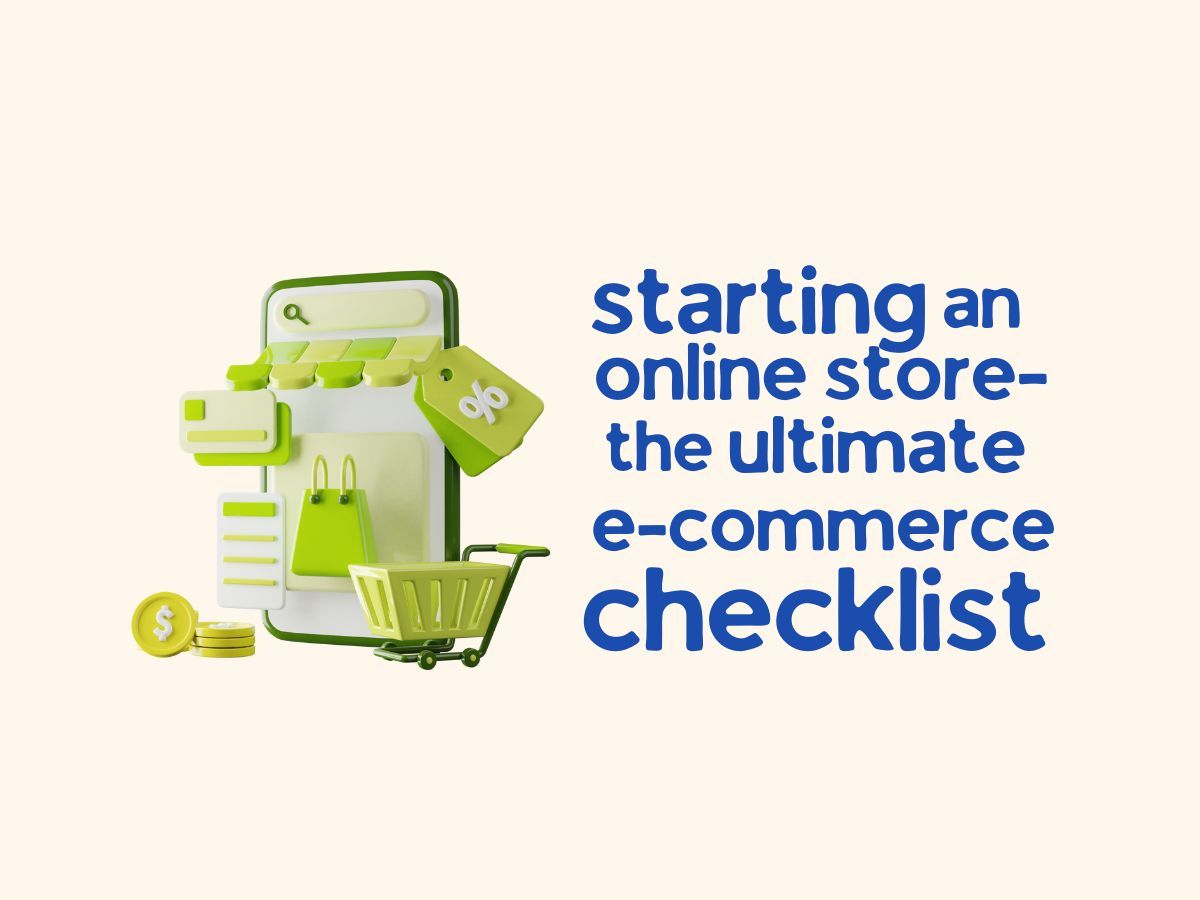Digital tools and channels have dramatically changed the way shoppers shop. They have more power and will search online for more information before contacting a sales representative. Thanks to digitalization, the fate of marketing campaigns and sales pipelines is largely in the hands of the buyer. Despite this shift in power, many organizations have yet to adopt a customer-centric approach to marketing and sales.
They care about their products, marketing, sales and success. They are worried about themselves. But now it’s time to look at everything through the eyes of the customer. Your success starts with knowing your buyer.
What business challenges do your customers face? What are their options? What are they trying to achieve? What environment do they operate in? These key questions should underpin how you market and sell to them. Your primary motivation should be to identify and meet the buyer’s needs. Or in the words of famous entrepreneur and marketer Seth Godin, “Don’t find customers for your products, find products for your customers.”
So, are you ready to use your customer-centric attitude? I have developed a simple modern marketing map that you can use to show the success of your marketing strategy. And it’s no surprise where you’ll find the customer…
Pillar 1: Influencers
Building relationships with industry influencers is an important first step on this modern marketing roadmap. These are the people your prospects trust, the people they listen to, the people they learn from. Associating yourself with these people not only increases your visibility; it also increases your credibility. According to McKinsey, peer referrals generate more than twice as many sales as paid advertising.
Influencer marketing has the power to humanize your brand and engage customers much more organically; The most important thing is to accurately identify those influencers or “smarty pants” in your buyer’s world who can improve your offer. For example, if you sell data solutions, who are the big data experts? If you sell in the Internet of Things (IoT) space, who are the bloggers covering the topic? Whether you use LinkedIn or social listening tools, you should be looking for thought leaders, practitioners and early adopters. When a person has power in their field, they have influence, and that influence can help you amplify your message and become visible and credible to a much wider audience.
Engaging and engaging with influencers doesn’t just benefit marketers. Increasingly, salespeople don’t just sell sales; in their quest to add real value and educate the buyer, they become deep experts and should also learn from the “smarty pants”!
Pillar 2: Content
Confident modern shoppers actively go out and search for information and try to find their own solutions. Therefore, the problem for salespeople and marketers is that these buyers no longer respond to cold communications and traditional broadcast marketing techniques.
Call, email, call, email = skip, delete, skip, delete.
Traditional tactics are failing as buyers turn to search engines and social networks to educate themselves through digital content consumption. The important question is; what content? After all, no one tweets your newsletter!
It is important to target content not only at different stages of the buying process, but also at specific buyers, because the content that interests and motivates them varies according to their characteristics and preferences. If your buyer is deeply technical, they will look for deeply technical content. If they are very strategic, the same technically oriented content will not resonate with them in the same way.
Above all, you should create content that tells a story and is human, in various formats. It can be an educational video, an educational webinar or podcast, a newsletter (if the target group is B2B), an e-book or an infographic. The format you choose ultimately depends on the buyer involved and where they are in their customer journey. It is important not only to create content, but also to take care of it. Content curation basically involves sharing third-party content that appeals to your target audience. In most cases, you then need to curate the content of the influencers you are trying to build relationships with.
Once created, you need to share your content in the space where your target audience exists, engages and learns, be it LinkedIn or Twitter. You want your audience to be compelled to care about your content. That’s why content is the mainstay of social selling and modern marketing; buyers are much more likely to consume content from people and more than brands and logos. Therefore, the “shareability” of content should be a key factor in its creation, curation and distribution.

Pillar 3: Community
I deeply believe in ecosystem and partnership. For example, we started a community at Eloqua called Topliners. It was an online space where our customers could communicate, where our employees were engaged and where our partners were trained. We’ve shared inspiring success stories, hosted support forums and published informative content. We even host offline events to bring our community together.
A company that has been extremely successful in growing a customer-centric community is Gainsight, which is helping to define and grow the customer success movement. At the heart of their mission is to create “the largest community for customer success.” They do this in four ways;
Their Customer Success University, which offers several e-learning modules to help customer success managers improve their skills and add value to their employers.
- Pulse Local, an online community with local chapters that hosts meetups and networking events to complement its online chat community. .
- Pulse Conference, an annual conference that favors thought leadership and relationship building over product focus.
- Career Hub, jobs for companies looking to hire customer success professionals.
By creating opportunities to connect with customers and build community, you can improve the ongoing effectiveness of your marketing strategy, build your brand image, earn customer trust and increase revenue!
Pillar 4: Advocacy
Your best salespeople are not on your payroll. These are your customers who are willing to say good things about you. Not only do today’s shoppers have more choices, they also have a louder voice that you can leverage for your brand.
The traditional concept of customer influence is some kind of referral program based on collecting referrals to help salespeople build credibility with your business and get more customers. But what does the referral program offer the customer in return for the referral? This is a one-way approach that provides no benefit or incentive to the customer.
In my opinion, the best advertising programs are the ones that find ways for you and your business to add value to your customers. For example, if your clients are quoted or referenced in the media when they appear at events or win awards; you can expand their reach through your social media.
The key to developing influence is clear communication. It doesn’t oversell or let the customer buy before they are ready. You need to create an amazing end-to-end customer experience; great products, honest and accurate marketing, responsible sellers. Even as a salesperson, my job was never to sell. It understands where the customer is in their buying journey, helping them to be ready to buy and then guiding them to success.
If you want to turn a potential buyer into a true advocate, you need to plan your entire advocacy process. Being a lawyer is not an accident and it is not an accident. It’s about the people, the relationships you build. Experiences that evoke emotions must be created. Protection is mutual and worthwhile. Be your customer’s advocate so your customer wants to advocate for you
Summary
The most effective marketing strategies are driven by a customer-centric culture. In a customer-oriented organization, every process begins and ends with the success of the customer in mind. It’s a culture, not an event or a department. Every part of your business must be aligned with the single goal of creating an optimal customer experience. If you do this for your customers, they will in turn support your success.






